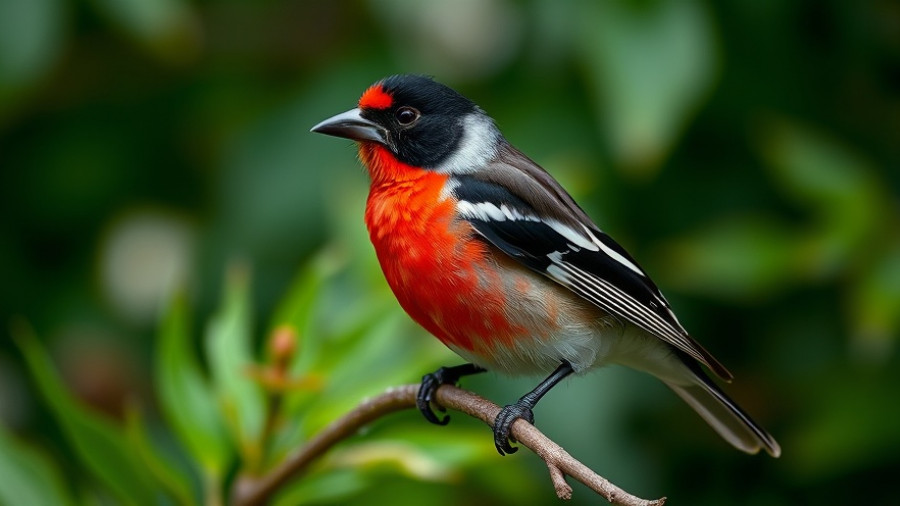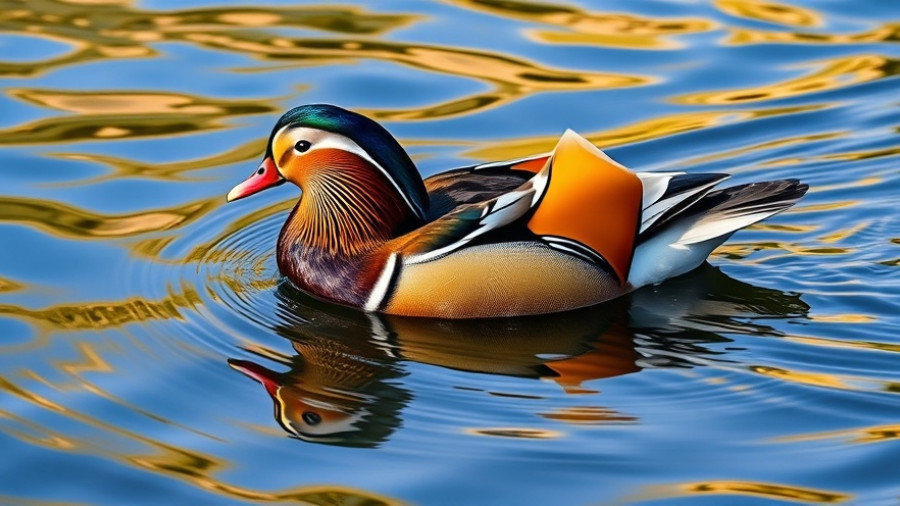
The Early Arrivals: Snow Buntings in the Arctic
The Snow Bunting, a hardy bird known for its resilience in frigid environments, tends to be one of the first migratory birds returning to the Arctic. Arriving as early as April, male Snow Buntings face harsh, wintry conditions to stake their claim on prime nesting territories amidst cold rock outcroppings or under boulders. This early arrival, although challenging, provides them with advantages, including reduced competition for nesting sites from predators like foxes and Snowy Owls.
Teamwork in Nesting: Male Snow Buntings Step Up
In a remarkable display of parental commitment, male Snow Buntings play a crucial role during the nesting phase. Once settled in their chosen site, males gather food and deliver it to the females, who stay on the nest at all times. This collaborative effort ensures a warmer environment for the eggs and hatchlings, thus increasing the survival rate of their young. Unlike many bird species, where both parents might take turns incubating, the females remain dedicated to warming their brood, allowing for a more focused incubation process.
Bird Vocalization: The Sounds of Life in the Arctic
The beauty of Snow Buntings isn't just visual; their calls resonate throughout the Arctic landscape. Their distinct flight calls and songs signify much more than mere existence; they are an auditory representation of their adaptation to one of Earth's harshest environments. The calls serve to establish territory and attract potential mates, reflecting the ongoing cycle of life in the tundra.
Why We Should Care
Understanding the Snow Bunting's resilient lifestyle offers invaluable insights into the adaptability of wildlife in the face of climate variability. As these birds navigate extreme conditions, they serve as indicators of ecological health. By studying their behaviors and habitats, we can better appreciate the delicate balance of our ecosystems and work toward conservation efforts that protect these remarkable creatures.
 Add Row
Add Row  Add
Add 




Write A Comment